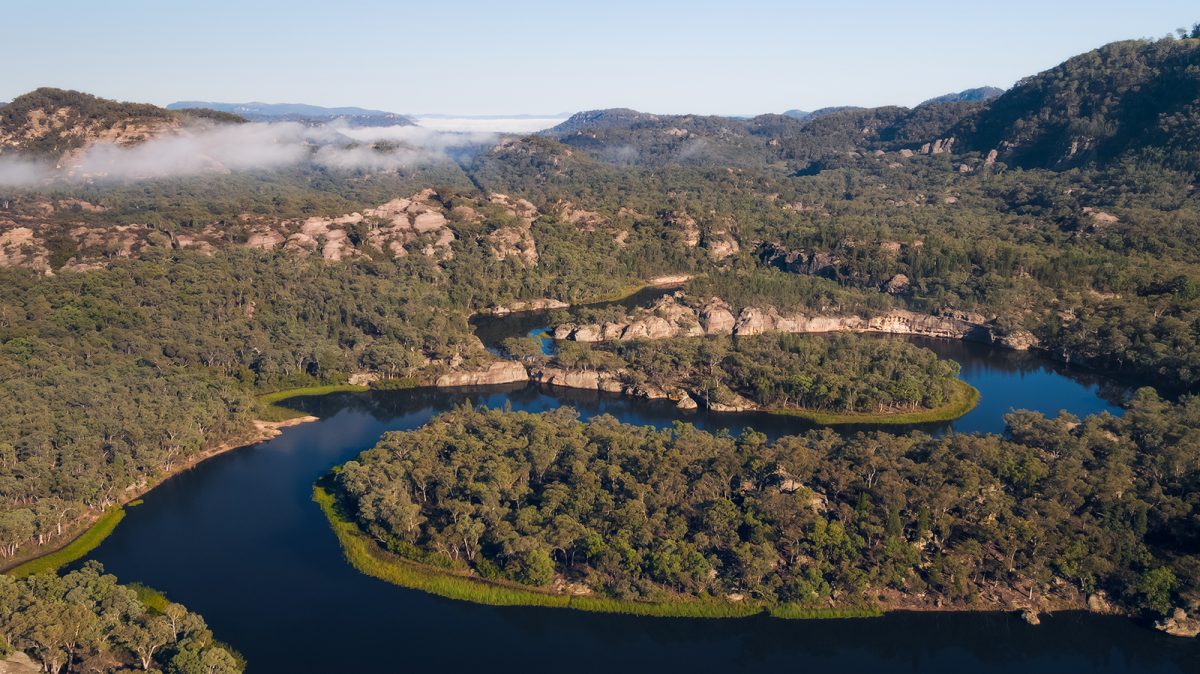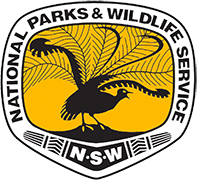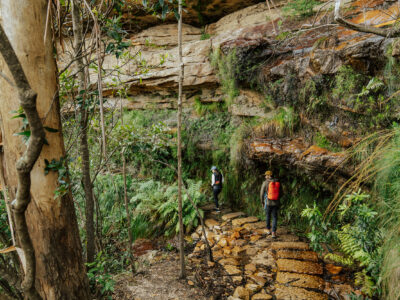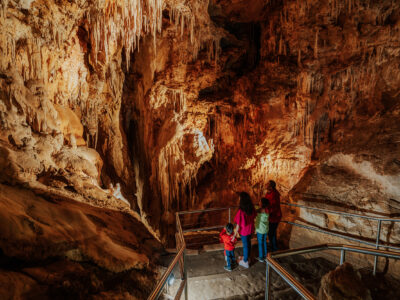What’s your most prized possession?
It might be a family heirloom, or a drawing from your childhood. Maybe it’s your year 8 cross country participation trophy, or the houseplant that you’ve finally kept alive.
The point is, it’s priceless. Heritage is unique, and you’re not taking your chances on another houseplant. They’re items that are going, as Darryl Kerrigan from The Castle would say, ‘straight to the pool room’.
UNESCO World Heritage status is kind of like the world’s pool room. They’re places that boast a level of natural or cultural heritage (or both!) that’s certified world-class.
Each year, UNESCO (the United Nations Educational, Scientific and Cultural Organisation) decides to add a select few locations to its list that are of ‘outstanding unniversal value’ to humanity. These UNESCO World Heritage Sites are then further protected by the World Heritage Convention and can apply for additional funding to support their conservation. Good times all ‘round!
New South Wales National Parks looks after four of these incredible properties. Here’s why they are so special.
-
The Greater Blue Mountains Area
Site type: Natural

Photo InformationBlue Mountains National Park
Tim Clark/DPIE

Photo InformationBulcammatta Falls waterfall, lower Grose Valley area
Blue Mountains National Park
Elinor Sheargold/DPIE

Photo InformationBlue Mountains National Park
Tim Clark/DPIE
The Greater Blue Mountains Area (GBMA) encompasses nine different national parks and a conservation reserve. Boasting over a million hectares (and over 600,000ha of ‘declared wilderness’) the GBMA is a massive region with something for everyone. It’s home to 98 different species of eucalyptus and a range of rare plants that call the deep slot canyons, sweeping valleys and towering sandstone cliffs their home. In particular, the legendary Wollemi Pine can be found here, but it’s so rare that its location is a closely guarded secret.
View this post on InstagramThe Greater Blue Mountains Area spans the Country of the Darkinjung, Darug, Dharawal, Gundungurra, Wiradjuri and Wonnarua Aboriginal peoples. Cultural connections to Dreaming stories, rock art and the famous Three Sisters rock formation can be found here.
Help us: Preserve our precious natural and cultural heritage. All Aboriginal sites, animals and plants are protected. Please don’t walk on Aboriginal engraving sites or touch rock art and don’t remove artefacts.
 Photo Information
Photo InformationWollemi National Park
Daniel Tran/DPIE
We know, it’s a lot to take in. There are eight different parks and a reserve in the GBMA and more activities than you can poke your hiking pole at. You could try canyoning for the first time, go camping in Wollemi National Park (home of that special pine!) or go on a road trip and tick off the hidden spots that don’t make all those cliché lists.
Did You Know? On the 29th November 2020, we celebrated 20 years since the Greater Blue Mountains Area was listed on the UNESCO World Heritage list!
-
The Willandra Lakes Region
Site type: Cultural / Natural

Photo InformationWalls of China
Mungo National Park
Melissa Findley/DPIE

Photo InformationRed Top lookout
Mungo National Park
Melissa Findley/DPIE (2018)

Photo InformationThese dramatic formations of sand and silt were deposited over tens of thousands of years and sculpted by wind and erosion
Walls of China
Mungo National Park
Vision House Photography/DPIE
A semi-arid region 1,000km inland might not sound that enticing at first glance, but once you realise just how phenomenal the Willandra Lakes Region is, the fact it’s in New South Wales and that you can drive there is positively mind-blowing. Mungo National Park makes up a portion of the site and is a must-visit on your trip out west.
Aboriginal people have inhabited the area for at least 50,000 years and it’s home to the Barkandji/Paakantyi, Mutthi Mutthi and Ngiyampaa people. The lakes have dried up now, but they used to contain freshwater, making it a prosperous place for these communities.
View this post on InstagramThe dryness of the desert coupled with the remnant lunettes provides the perfect conditions for the preservation and analysis of this ancient land. It is the knowledge learnt from the many stories stored within the ecological pages of the Willandra Lakes Region that led to its inclusion as a UNESCO World Heritage property for both it’s cultural and natural heritage. The cultural and natural values of the Willandra includes:
- Mungo Woman and Mungo Man – who were buried and cremated some 42,000 years ago. Their story shifted the paradigm in our understanding of the deep history of Aboriginal Australia and demonstrated the longevity of Aboriginal land management.
- The largest collection of fossilised human footprints in the world – the 500 prints of varying sizes representing families, hunters and individuals interacting some 20,000 years old.
- Giant marsupial fossils from now extinct Australian megafauna.
- The Mungo lunette mind-bending eroded dune formations known as the Walls of China – Take a tour with an Aboriginal NPWS guide.
One thing’s for sure, a visit to Willandra Lakes Region and Mungo National Park is guaranteed to give you a newfound understanding of just how timeless Aboriginal Culture is in Australia, it’s an essential experience for any Australian.
-
The Gondwana Rainforests of Australia
Site type: Natural
Gondwana was a supercontinent mainly covered in rainforest back in the day (180 million years ago). As it split up, drifted north and dried out, much of the rainforest disappeared, but little pockets, including these on the east coast and escarpment, hung on to just the right microclimate for the ancient species to survive.
There are 28 NSW National Parks that feature Gondwanan Rainforest, but we’ve made it easy for you and hand-picked a selection of the best.
View this post on InstagramBarrington Tops National Park is a great introduction to the diversity of Gondwana Rainforests, which date back 180 million years to the Mesozoic era. Only three hours north of Sydney, you’ll be able to get up close and personal with the Antarctic Beech tree (yep, from when Antarctica had rainforest!), a pretty unique experience as nearly all of the remaining examples of the species live in these forests.
Other features that secured the rainforests’ World Heritage status include eroded craters of shield volcanoes, species that look just like their fossilised ancestors and large areas of warm temperate rainforest. Check out these leafy rainforest walks up north!
Learn more: Biodiversity is at its best in rainforests, but what does it mean and why is it so important?
-
The Australian Convict Sites
Site type: Cultural
View this post on InstagramA total of 11 sites across the country have been given UNESCO World Heritage status for their tangible reminder of Australia’s convict past. NSW National Parks only looks after one of these sites, but it’s a beauty.

Photo InformationHangman’s Rock on the convict built Old Great North Road.
Hangman’s Rock
Dharug National Park
Nick Cubbin/DPIE

Photo Information25Rd Party convict graffiti
Finchs Line
Dharug National Park
Sarah Abad

Photo InformationCorten silhouettes
Quarry Devines Hill
Dharug National Park
Sarah Abad
The Old Great North Road was a 264km route from Sydney to the Hunter that was completed nearly 200 years ago in 1836. Pretty impressive given the tools of the day! Today only 43km of the route remains in its original state, running through Dharug National Park and occasionally Yengo National Park.
View this post on InstagramThe road is best experienced as a history lesson, so download the Convict Road app and get educated while you walk the 9km loop track. Those after a bigger mission can ride (or walk) the entire 43km route – look out for Clares Bridge and Circuit Flat Bridge, some of the oldest surviving stone bridges in Australia.
Ranger tips: the best time to visit our national parks is outside the hours of 11am – 2pm (especially if they’re our most popular spots). We want you to have an enjoyable and safe visit, so before you set off on your adventure, tell someone where you’re going and fill in a trip intention form, check the weather, read our tips to Think before you TREK, and check park alerts for updates.











